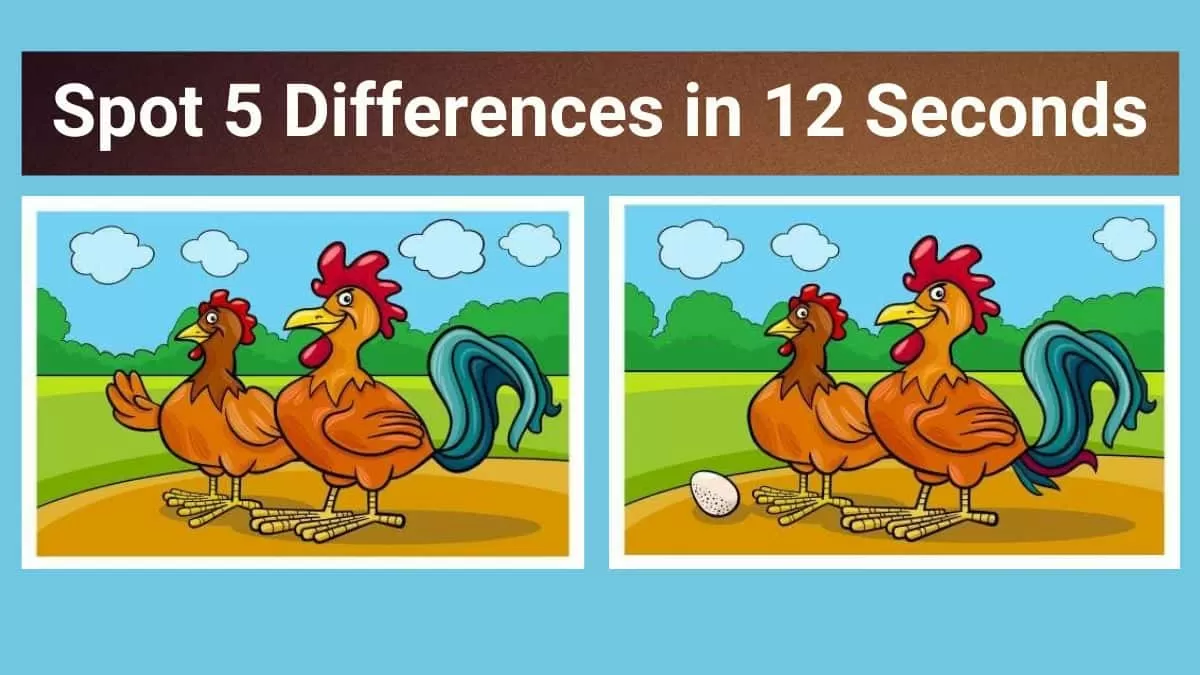As the pursuit of longevity and enhanced vitality continues to captivate the collective imagination, an increasing number of people are delving into the intriguing world of dietary supplements. Among the latest contenders in the anti-aging arena are NAD (Nicotinamide Adenine Dinucleotide) and NMN (Nicotinamide Mononucleotide). Both compounds have emerged as significant players in the discussion of cellular health, energy metabolism, and, ultimately, the aging process. Yet, which of these supplements holds the key to efficient aging support? Let’s explore the distinctions, benefits, and the underlying science that may shift your perspective on these remarkable compounds.
Understanding the Basics
To appreciate the nuanced relationship between NAD and NMN, it’s imperative first to comprehend what these compounds are and how they function within the body. NAD is a coenzyme found in every living cell and is instrumental in numerous biochemical reactions, particularly those related to energy production. It plays a crucial role in converting food into fuel, thereby facilitating important cellular processes.
On the other hand, NMN is a precursor to NAD. It can be regarded as a building block that the body uses to synthesize NAD. This conversion process underscores the interconnectedness of these two components, raising the question of whether supplementing with NMN could effectively elevate NAD levels in the body. The crux of the discussion lies in determining whether one supplement offers more advantages than the other in the quest for enhanced wellness and longevity.
The Lifecycle of NAD and the Role of NMN
As we age, our bodies naturally experience a decline in NAD levels, leading to various age-related ailments, including decreased energy, metabolic disorders, and compromised cellular repair mechanisms. This decline has sparked a significant interest in how NAD supplementation, particularly through NMN, may counteract some of these effects.
Research has suggested that replenishing NAD levels can lead to improved mitochondrial function, which is crucial for overall cellular health. Studies indicate promising results, showing that increasing NAD levels can restore youthful vigor in mice, enhancing their physical activity, metabolism, and even cognitive function. If we are to project these findings onto human physiology, the implications could be revolutionary in combating age-related deterioration.
Mechanisms of Action
While both NAD and NMN share a common goal—to mitigate the effects of aging—their mechanisms of action differ somewhat. NAD participates directly in redox reactions, which are fundamental for energy production within mitochondria. Additionally, it acts as a substrate for enzymes known as sirtuins, which have garnered attention for their potential role in increasing lifespan and improving metabolic health.
In contrast, NMN, by acting as a precursor, has been studied for its ability to readily increase NAD levels in tissues. Its efficacy lies in its capacity to cross cell membranes easily, making it an advantageous supplement for those looking to elevate NAD levels without the complexities associated with direct NAD supplementation. Some studies have indicated that NMN may boost NAD levels more effectively and sustain those levels longer than other methods of supplementation.
Comparative Benefits
When considering the comparative benefits of NAD and NMN, one must weigh various factors. Direct NAD supplementation, while effective, may come with the drawback of poor absorption rates and rapid degradation in the body. Conversely, NMN appears to provide a more stable solution with enhanced bioavailability, subsequently making it a more appealing option for many health enthusiasts.
Moreover, while both supplements have been associated with improved energy metabolism and cognitive function, emerging research suggests that NMN might have a unique capacity to promote better cardiovascular health, regulate blood sugar, and support muscle function in aging populations. This broad spectrum of potential benefits contributes to a compelling case for NMN as a more holistic supplement in the aging conversation.
Safety and Dosage Considerations
When venturing into the realm of supplementation, safety and proper dosing are paramount. Existing studies on NMN have shown it to be well-tolerated, with minimal reported side effects. Nevertheless, consulting with a healthcare professional remains prudent to ensure individual needs and health status are adequately addressed. NAD, while generally safe, may elicit different tolerability levels among individuals, making personalized medical guidance essential.
Error in dosages may lead to unintended consequences, thus leading to a recommendation to begin with conservative doses and gradually increase as needed, under supervision. In the pursuit of longevity, maintaining mindfulness regarding supplement intake is crucial.
Conclusion: Making an Informed Choice
The divergence between NAD and NMN emphasizes the complexity of nutritional supplementation in supporting healthy aging. While both compounds contribute to elevating NAD levels, NMN’s potential as an effective precursor with superior bioavailability offers a tantalizing prospect for those seeking to enhance their longevity journey. It invites a shift in perspective—considering NMN not merely as a supplement, but as a key to unlocking vitality and fostering cellular rejuvenation.
Ultimately, the decision between NAD and NMN should hinge on individual health goals, lifestyle choices, and professional guidance. In a world where aging is often perceived as an inevitable decline, these supplements may just be the innovative allies we need in redefining what it means to age gracefully.
